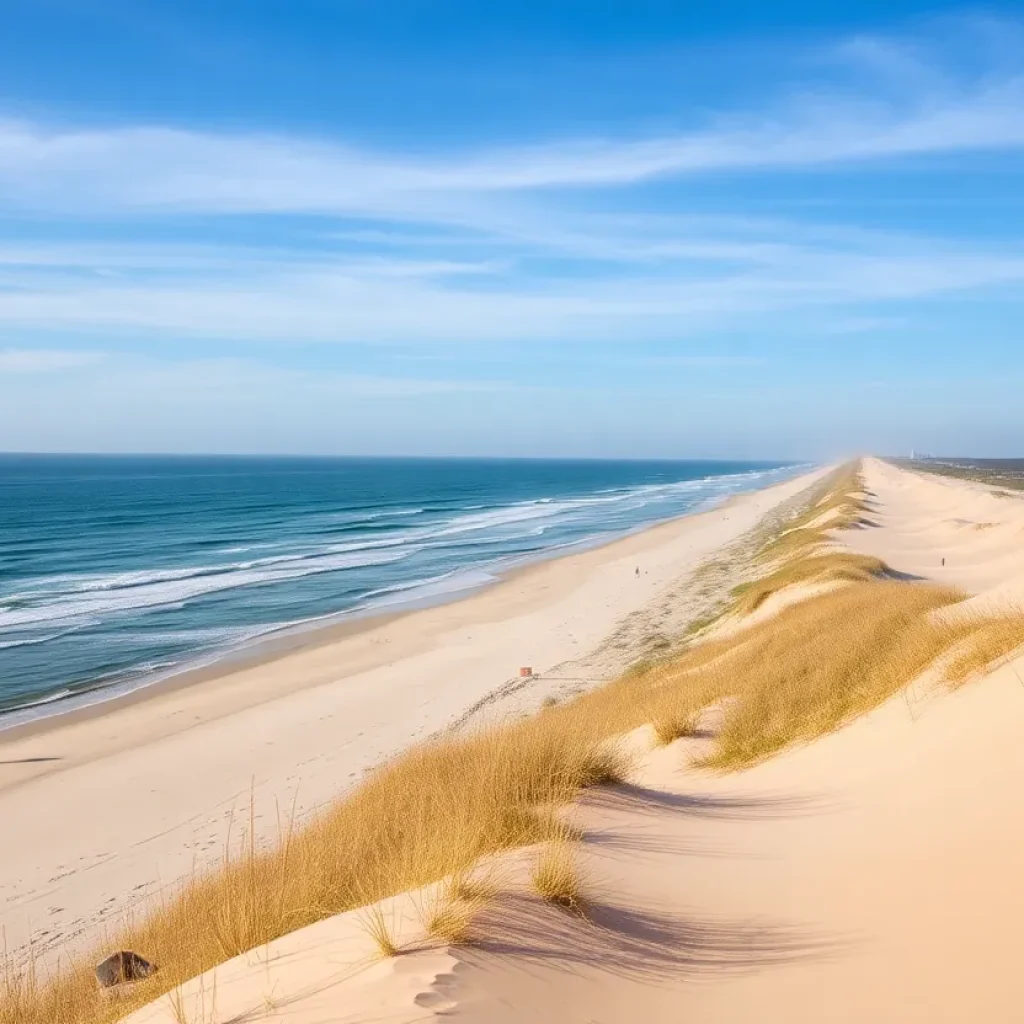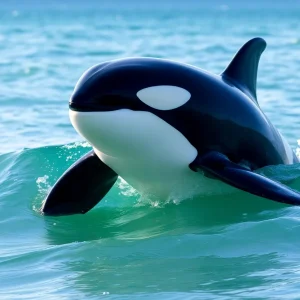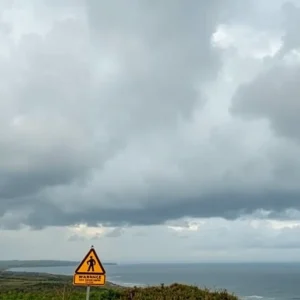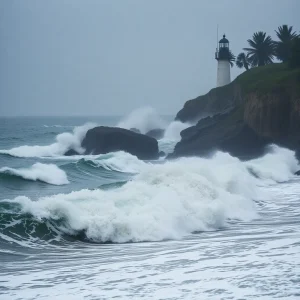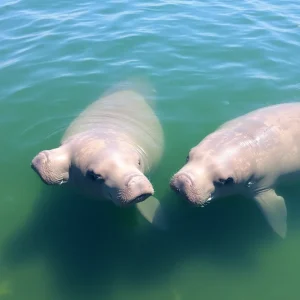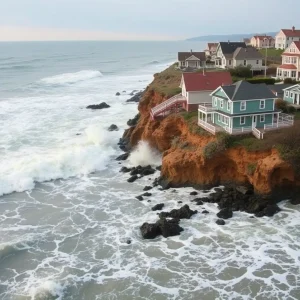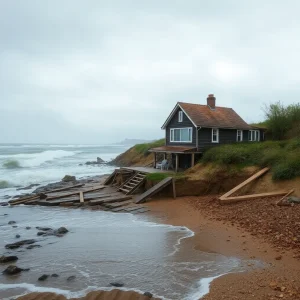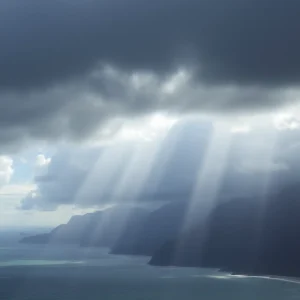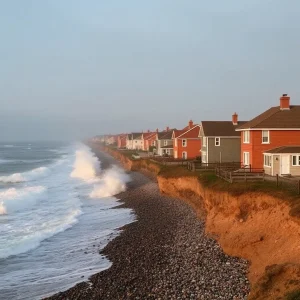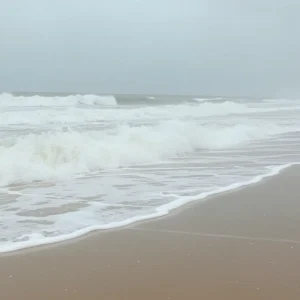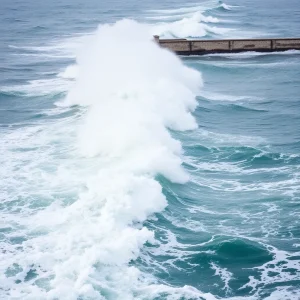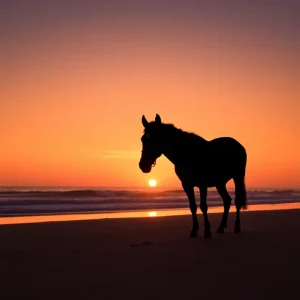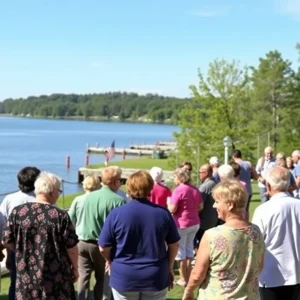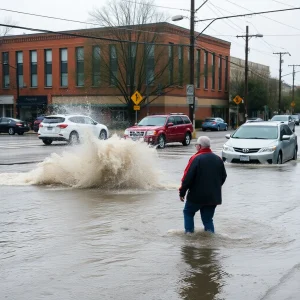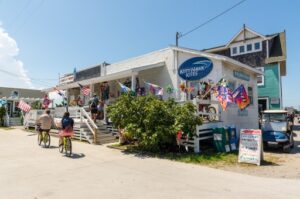News Summary
The Outer Banks of North Carolina attracts tourists with its beautiful landscapes and vacation rentals. However, the region is facing challenges from coastal erosion, rising sea levels, and a strained housing market due to an influx of seasonal visitors. Local wildlife, including the wild horses of Currituck County, are also impacted. Adaptation and sustainable practices are becoming urgent as local governments and communities work together to address these pressing issues and preserve the area’s natural beauty for future generations.
The Shifting Sands of the Outer Banks: A Popular Destination Facing Challenges
Welcome to the Outer Banks of North Carolina, a stunning stretch of barrier islands that beckons families, beach-goers, and nature lovers alike. Known for its breathtaking views and serene beaches, the Outer Banks is not just a vacation hotspot; it’s home to thousands of vacation rentals that cater to tourists year after year. But, there’s a twist to this idyllic tale—nature has a way of reminding us who’s in charge, and it’s been causing quite a stir!
The Dance of Nature
Without the comfort of bedrock to anchor them, the Outer Banks endure a relentless transformation. The placement of shifting sandbars showcases the constant movement and erosion that characterizes the landscape. Currituck County’s tourism director has candidly acknowledged that no amount of beach nourishment can halt these natural processes. This means that the very beachfront properties that attract tourists today may face an uncertain fate tomorrow as rising waters threaten their foundations.
A Booming Economy with Vulnerable Foundations
Despite the environmental challenges, tourism thrives here, with many vacationers returning year after year. Can you believe that around 20% of visitors to Corolla have made the trip more than twenty times? It seems that once people find their slice of paradise, they just can’t stay away! But there’s a flip side: the demand for vacation rentals has driven many homes away from serving local communities and now caters primarily to seasonal visitors. This shift has created a housing squeeze, leaving many local workers scrambling for affordable options—sometimes commuting from two hours away just to get to work!
The Impact on Local Wildlife
It’s not just humans feeling the heat; local wildlife is feeling it too. The coastal construction that lines these beaches disrupts the natural habitat, impacting the beloved wild horses of Currituck County. Tourists may unknowingly cause harm by feeding the horses inappropriate foods, leading to dire consequences. Alongside charming wild horses, the sand dunes play a vital role in protecting both properties and ecosystems from erosion. It’s essential to spread awareness and encourage tourists to respect these magnificent creatures and their habitat.
Sustainable Solutions for a Bright Future
With environmental sustainability at the forefront, homeowners and management companies are beginning to explore innovative practices. Take Corolla Light Resort, for instance; its commitment to preserving natural habitats is commendable. Through careful development and limiting access to the dunes, they are actively contributing to the health of the ecosystem. Community initiatives focusing on planting native vegetation like sea grass and sea oats are also being put into practice to enhance dune stability.
The Reality of Coastal Erosion
Unfortunately, the harsh reality is that coastal erosion is intensifying, with some areas experiencing about 25 feet of coastal retreat each year. Homes collapse into the ocean, especially in spots like Rodanthe, drawing attention to the pressing need for long-term planning. Ominous reports from the Cape Hatteras National Seashore hint that climate change and rising sea levels are exacerbating these issues.
Facing the Flooding Challenge
Another challenge affecting coastal regions is “sunny day flooding”, which disrupts infrastructure and can create serious health hazards by compromising wastewater systems. The community is rallying to explore better solutions to combat these risks, moving beyond traditional beach replenishment methods. Proactive planning and action are crucial to ensuring that future generations can sustain this beautiful area and continue enjoying its charms.
A Community Ready to Adapt
Local governments and stakeholders are coming together to adapt to climate change and foster sustainable tourism practices. It’s clear that change is not just necessary; it’s urgent. Friends, as we enjoy the stunning views and warm sands of the Outer Banks, let’s remember to work together to cherish and protect this magnificent locale for years to come!
Deeper Dive: News & Info About This Topic
HERE Resources
Legal Battle Resolves in Favor of Beach House Owner
Western North Carolina Faces Rare Snowfall Crisis
Manteo Transformed into a Winter Wonderland
Heavy Snow Hits Kitty Hawk, North Carolina
Winter Storm Watch Issued for Outer Banks
Protective Sandbags to Fortify N.C. 12 Near Pea Island Refuge
Rodanthe Faces Coastal Erosion with Urgent Repairs
Replacement of Alligator River Bridge to Begin Soon
Winter Storm Cora Causes Chaos Across Southeastern U.S.
Tragic Collision Claims Life in Currituck County
Additional Resources
- Triple Pundit: Corolla Light Resort
- Wikipedia: Outer Banks
- Triple Pundit: Destination Management in Outer Banks
- Google Search: Coastal Erosion North Carolina
- Duke Chronicle: Coastal Erosion and Challenges
- Encyclopedia Britannica: Coastal Erosion
- National Geographic: Tips for Sustainable Beach Trips
- Google News: Sustainable Tourism Outer Banks


